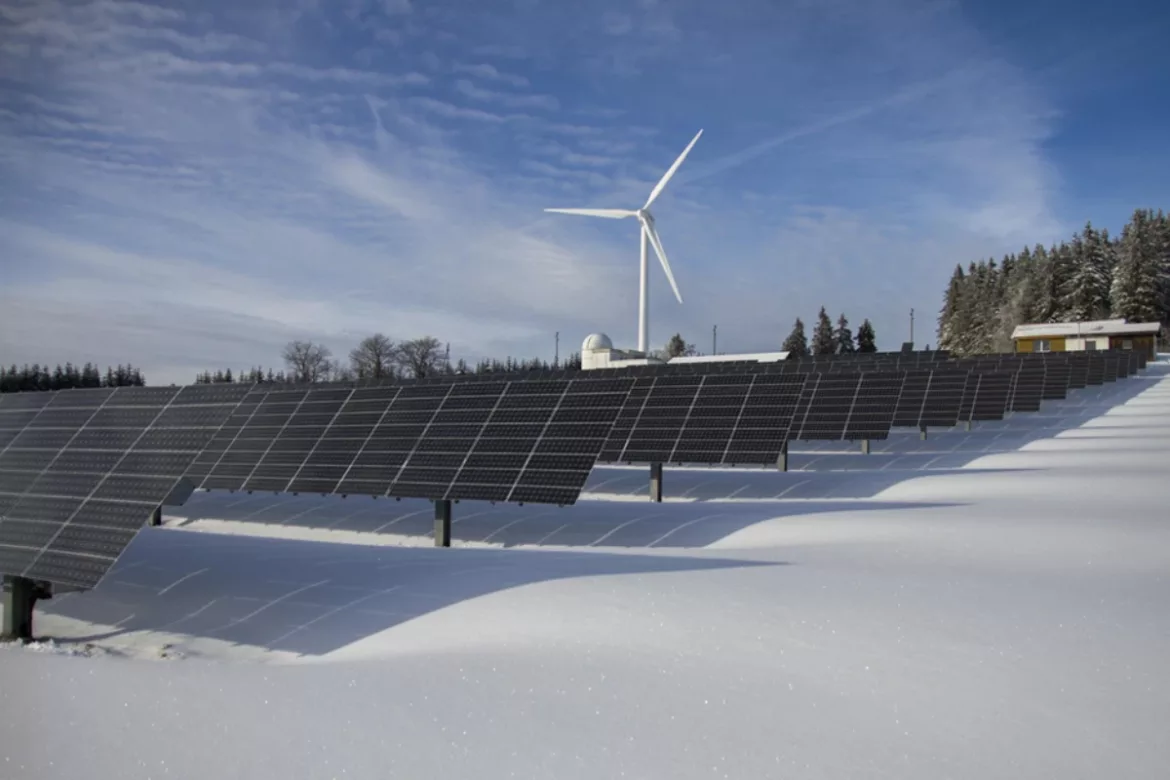In the ongoing global quest for a sustainable and eco-friendly future, green technology innovations are emerging as the driving force behind transformative change. These remarkable innovations not only hold the key to easing the environmental challenges that humanity faces but also offer a promising glimpse into a future where ecological harmony and technological advancement coexist seamlessly.
As the planet grapples with the consequences of climate change, biodiversity loss, and the depletion of finite natural resources, the urgency to transition to a more sustainable way of life has never been clearer. Green technology, also known as clean technology or eco-tech, represents a beacon of hope in these challenging times.
It involves a wide range of innovations and solutions designed to minimize the negative impact on the environment while developing economic growth and improving quality of life. Here are five groundbreaking innovations revolutionizing the way we create energy, manage resources, and reduce our carbon footprint.
Table of Contents
Solar Power Breakthroughs
Solar power has long been a promising source of renewable energy, and recent breakthroughs in photovoltaic (PV) technology have brought it closer to the forefront of the energy field. High-efficiency PV panels, often using advanced materials like perovskite solar cells, have significantly improved the conversion of sunlight into electricity.
These innovations allow for greater energy production from smaller installations and enable solar energy to be used even in areas with less sunlight. Solar energy storage solutions, like integrated battery systems, are enhancing the reliability of solar power by providing electricity during cloudy days or at night.
With grid-tied and off-grid solar systems becoming more accessible, individuals and businesses are increasingly empowered to generate their own clean energy, which reduces their reliance on fossil fuels and contributes to a more sustainable energy mix.
Energy Storage Revolution
The energy storage sector is experiencing a revolution, moving beyond traditional lithium-ion batteries. Advanced energy storage solutions, like solid-state batteries and flow batteries, offer higher energy density, longer cycle life, and improved safety. These innovations are crucial for integrating intermittent renewable energy sources like wind and solar into the grid and supporting the growth of distributed energy systems, as they can store excess energy when it’s abundant and release it when demand is high.
The recycling and repurposing of batteries are gaining momentum, reducing environmental impacts and extending the life cycle of energy storage systems. As energy storage technology continues to evolve, it will play a vital role in stabilizing power grids, supporting electric vehicles, and enabling greater energy independence.
Smart Grids and Energy Management
Smart grids represent a shift in the way we distribute and manage electricity. These intelligent systems use advanced sensors, communication networks, and data analytics to optimize energy distribution, reduce losses, and enhance grid resilience. By monitoring and adjusting electricity flows in real-time, smart grids can efficiently incorporate renewable energy sources and balance supply and demand.
Demand-side management and home automation technologies also enable consumers to actively participate in energy conservation. Smart meters, for example, provide real-time consumption data and encourage energy-efficient behaviors. With smart grids and energy management solutions becoming more widespread, communities and utilities can reduce energy waste, lower costs, and minimize their environmental impact.
E-Mobility and Sustainable Transportation
The transportation sector is a significant contributor to greenhouse gas emissions, making sustainable transportation solutions a top priority. Electric vehicles (EVs) are leading the way in reducing emissions and dependency on fossil fuels. Recent innovations in EV technology have improved battery efficiency, charging infrastructure, and driving range.
These advancements are making electric vehicles more accessible and practical for a broader range of consumers. Electric mobility extends beyond passenger cars, with electric buses, trucks, and even two-wheelers gaining popularity.
Governments and private companies are investing in EV charging networks and incentives to accelerate the transition to cleaner transportation. By electrifying our modes of transport, we can significantly reduce air pollution and combat climate change.
Green Building Technologies
The construction and operation of buildings account for a substantial portion of energy consumption and greenhouse gas emissions. Green building technologies are addressing this challenge by promoting energy-efficient design, sustainable materials, and environmentally friendly construction practices. Building-integrated renewable energy systems, like solar panels and wind turbines, are becoming more common, allowing structures to generate their own power.
Smart building technologies are enhancing energy management and occupant comfort. Systems that monitor lighting, heating, cooling, and ventilation can adjust settings based on occupancy and environmental conditions, optimizing energy use.
Green building certifications like LEED (Leadership in Energy and Environmental Design) are driving the adoption of sustainable building practices across the construction industry, resulting in more eco-friendly and energy-efficient structures.
Final Thoughts
These five green technology innovations are at the forefront of the sustainability movement, offering solutions to some of our most pressing environmental challenges. From harnessing the power of the sun to transforming the transportation sector, these innovations demonstrate the potential for technology to drive positive change.
As we continue to embrace these innovations and invest in a sustainable future, we unlock the potential to create a cleaner, greener, and more resilient world for generations to come.


